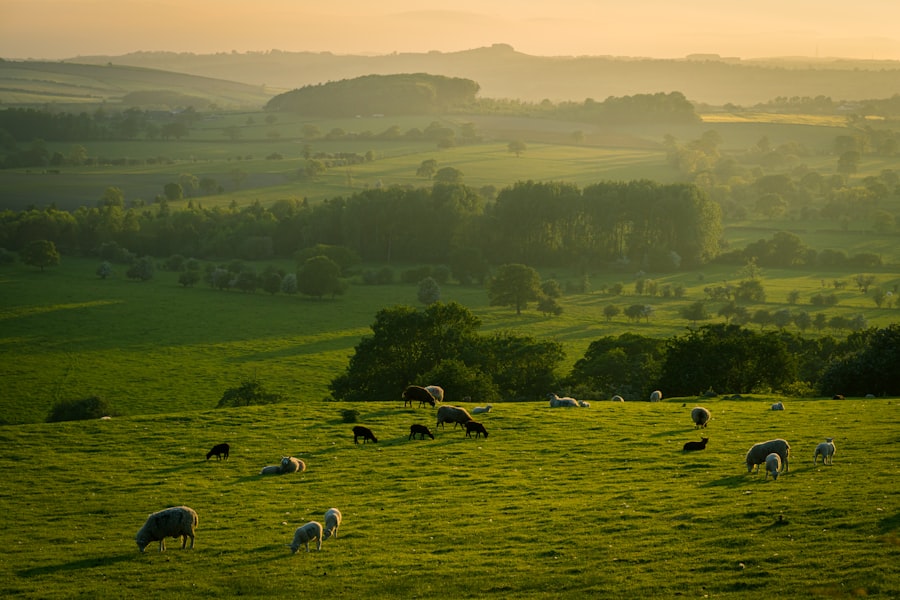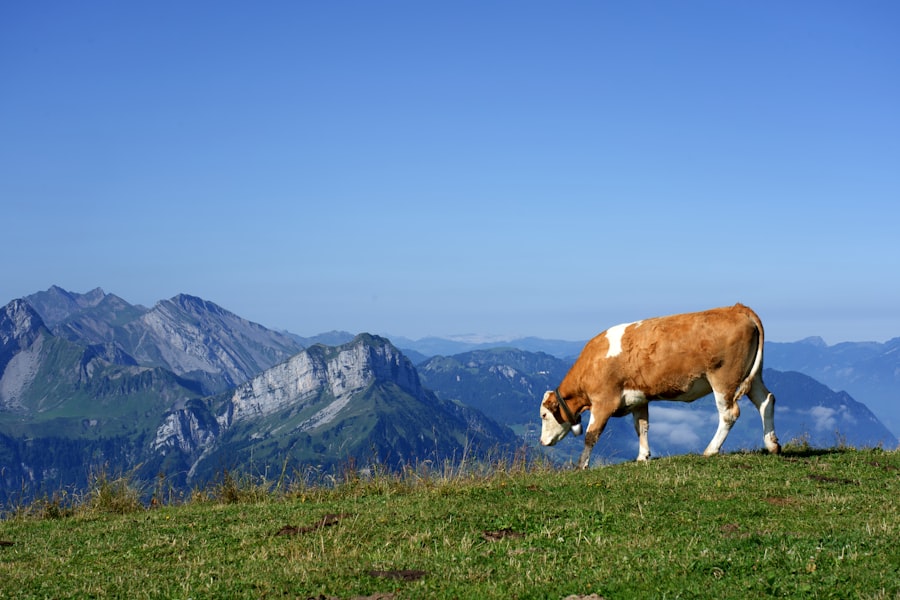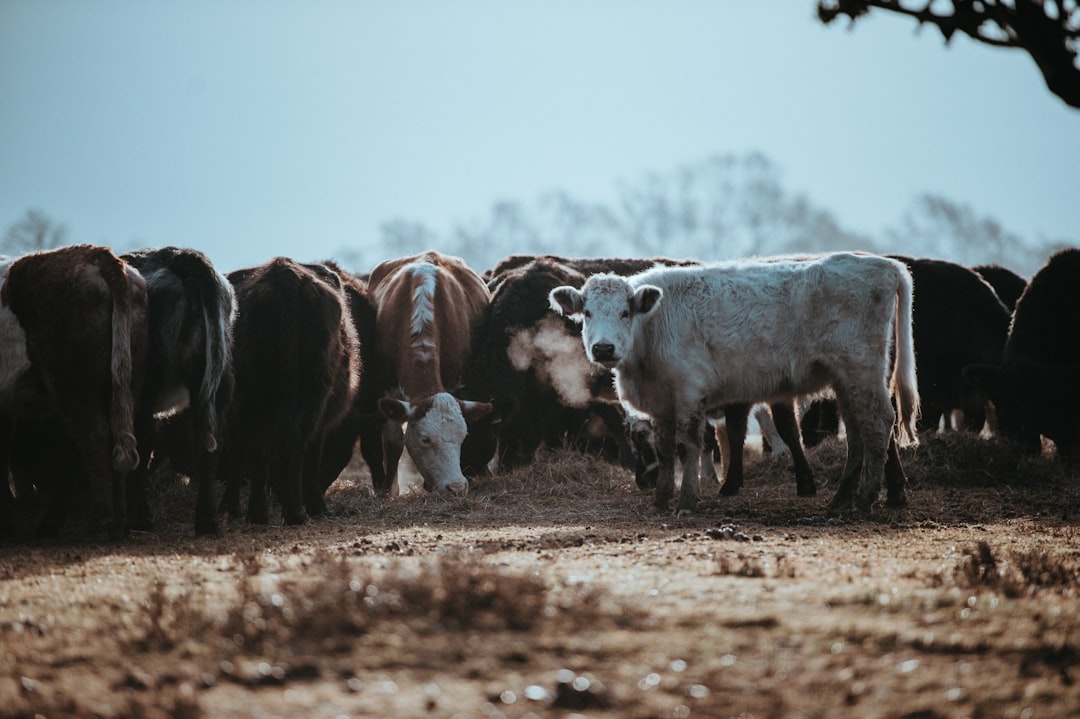The Angus breed, renowned for its high-quality beef and adaptability, has garnered significant attention in the cattle industry. Originating from Scotland, Angus cattle are naturally polled, meaning they do not have horns, which makes them easier to manage and reduces the risk of injury among herd members. Their solid black or red coats are not only aesthetically pleasing but also serve practical purposes, such as heat absorption and protection against harsh weather conditions.
Understanding the life span of Angus cattle is crucial for farmers and ranchers who aim to maximize productivity while ensuring the well-being of their livestock. Life expectancy in Angus cattle can vary widely based on numerous factors, including genetics, environment, and management practices. As with any livestock, the longevity of Angus cattle directly impacts the economic viability of a farming operation.
A longer life span means more years of productivity, whether through breeding or meat production. Therefore, it is essential to delve into the various elements that influence the life span of these animals, as well as the average life expectancy and the signs of aging that farmers should be aware of.
Key Takeaways
- Angus cattle have a relatively long life span, typically living between 15-20 years with proper care and management.
- Factors affecting the life span of Angus cattle include genetics, nutrition, environment, and healthcare.
- The average life expectancy of Angus cattle is around 15 years, but with good management, some can live up to 20 years or more.
- Signs of aging in Angus cattle include decreased mobility, weight loss, dental issues, and reduced reproductive capacity.
- Health and wellness tips for extending the life span of Angus cattle include providing a balanced diet, regular veterinary care, and proper shelter and management.
Factors Affecting Angus Life Span
Genetics and Selection
Genetics play a crucial role in determining the life span of Angus cattle. Certain bloodlines may exhibit traits that predispose them to longer life spans or greater resilience against diseases. Breeders often select for traits such as fertility, growth rate, and overall health, which can indirectly affect longevity. For instance, Angus cattle that are bred for robust immune systems may be less susceptible to illnesses that could shorten their lives.
Environmental Conditions
Environmental conditions also significantly impact the longevity of Angus cattle. Access to quality pasture, clean water, and shelter from extreme weather conditions can enhance their overall health and well-being. Cattle raised in stress-free environments tend to exhibit fewer health issues and better reproductive performance.
Management Practices
Management practices such as regular veterinary check-ups, vaccinations, and parasite control are crucial in maintaining the health of Angus cattle throughout their lives. A well-managed herd is more likely to thrive and reach its full potential life span.
Average Life Expectancy of Angus Cattle

The average life expectancy of Angus cattle typically ranges from 15 to 20 years, although some individuals may live longer with optimal care. This range can be influenced by various factors, including genetics, diet, and overall management practices. In commercial settings where cattle are raised primarily for beef production, many animals are culled before reaching their maximum potential age due to economic considerations.
However, in more specialized breeding operations or on farms focused on animal welfare, Angus cattle may live well into their late teens or even early twenties. Research indicates that with proper nutrition and health management, Angus cattle can achieve longevity beyond the average expectations. For example, a study conducted on a herd of Angus cattle in a controlled environment showed that with a balanced diet rich in vitamins and minerals, along with regular veterinary care, several cows lived past 20 years of age.
This highlights the importance of proactive management strategies in extending the life span of these animals.
Signs of Aging in Angus Cattle
| Signs of Aging | Description |
|---|---|
| Grey Hair | Increased presence of grey or white hair on the face and body |
| Loss of Muscle Mass | Reduction in muscle tone and overall body condition |
| Joint Stiffness | Difficulty in movement and increased stiffness in joints |
| Decreased Mobility | Reduced ability to move freely and easily |
| Wrinkles | Visible lines and creases on the skin, especially around the eyes and muzzle |
As Angus cattle age, they exhibit various physical and behavioral signs that indicate their advancing years. One of the most noticeable signs is a change in body condition; older cattle may lose muscle mass and fat reserves, leading to a more bony appearance. Additionally, dental health becomes a significant concern as aging affects their teeth.
Cattle may develop worn-down molars or lose teeth altogether, which can impact their ability to graze effectively and obtain adequate nutrition. Behavioral changes can also signal aging in Angus cattle. Older animals may become less active and more lethargic compared to their younger counterparts.
They might also exhibit changes in social behavior within the herd; for instance, older cows may become more submissive or withdrawn. Monitoring these signs is essential for farmers to ensure that aging cattle receive appropriate care and management tailored to their needs.
Health and Wellness Tips for Extending the Life Span of Angus Cattle
To promote longevity in Angus cattle, several health and wellness strategies can be implemented. First and foremost is providing a balanced diet that meets their nutritional requirements at every stage of life. High-quality forage supplemented with grains or protein sources can help maintain optimal body condition and support overall health.
Additionally, ensuring access to clean water is vital; dehydration can lead to serious health issues that may shorten an animal’s life span. Regular veterinary care is another critical component in extending the life span of Angus cattle. Routine vaccinations against common diseases such as bovine respiratory disease and clostridial infections can prevent serious health complications.
Furthermore, implementing a parasite control program is essential; internal and external parasites can significantly impact an animal’s health if left unchecked. Regular hoof trimming and dental care should also be part of a comprehensive health management plan to ensure that aging cattle remain comfortable and healthy.
Common Health Issues in Aging Angus Cattle

Joint Problems and Arthritis
One common concern is arthritis or joint problems, which can lead to lameness and decreased mobility. This condition often results from wear and tear on joints over time but can be exacerbated by factors such as obesity or inadequate nutrition.
Metabolic Disorders
Another prevalent issue among aging Angus cattle is metabolic disorders such as ketosis or milk fever, particularly in cows that have recently calved. These conditions arise from imbalances in energy or calcium levels within the body and can lead to severe health complications if not addressed promptly.
Early Detection and Intervention
Farmers should monitor older cattle for signs of discomfort or difficulty moving and consult with veterinarians for appropriate treatment options. Regular monitoring of body condition scores and blood tests can help identify these issues early on, allowing for timely intervention and treatment.
End-of-Life Care and Decision Making for Angus Cattle
End-of-life care for Angus cattle requires sensitivity and thoughtful decision-making on the part of farmers and ranchers. As animals age or face terminal illnesses, it becomes essential to assess their quality of life continually. Factors such as mobility, appetite, social interaction, and overall demeanor should be evaluated regularly to determine whether an animal is suffering or if it still enjoys a reasonable quality of life.
When it comes time to make difficult decisions regarding euthanasia, it is crucial to approach the situation with compassion and respect for the animal’s well-being. Consulting with a veterinarian can provide valuable insights into the animal’s condition and help guide decision-making processes. Many farmers choose to have euthanasia performed on-site to minimize stress for the animal and maintain a familiar environment during its final moments.
Conclusion and Summary of Key Points
Understanding the life span of Angus cattle involves recognizing the various factors that influence their longevity, including genetics, environment, nutrition, and management practices. The average life expectancy typically ranges from 15 to 20 years but can extend beyond this with proper care. Farmers should be vigilant in observing signs of aging and implementing health management strategies to promote wellness throughout an animal’s life.
By prioritizing these aspects of care, farmers can ensure that their Angus cattle lead healthy lives while maximizing productivity within their operations.
FAQs
What is the average life span of an Angus cow?
The average life span of an Angus cow is typically around 15-20 years.
What factors can affect the life span of an Angus cow?
Factors that can affect the life span of an Angus cow include genetics, nutrition, healthcare, and environmental conditions.
Do Angus cattle have a longer life span compared to other cattle breeds?
Angus cattle are known for their longevity and often have a longer life span compared to other cattle breeds.
What are some common health issues that can affect the life span of Angus cattle?
Common health issues that can affect the life span of Angus cattle include respiratory diseases, reproductive disorders, and metabolic disorders.
How can farmers and ranchers help improve the life span of Angus cattle?
Farmers and ranchers can help improve the life span of Angus cattle by providing proper nutrition, regular veterinary care, and a comfortable and stress-free environment.

